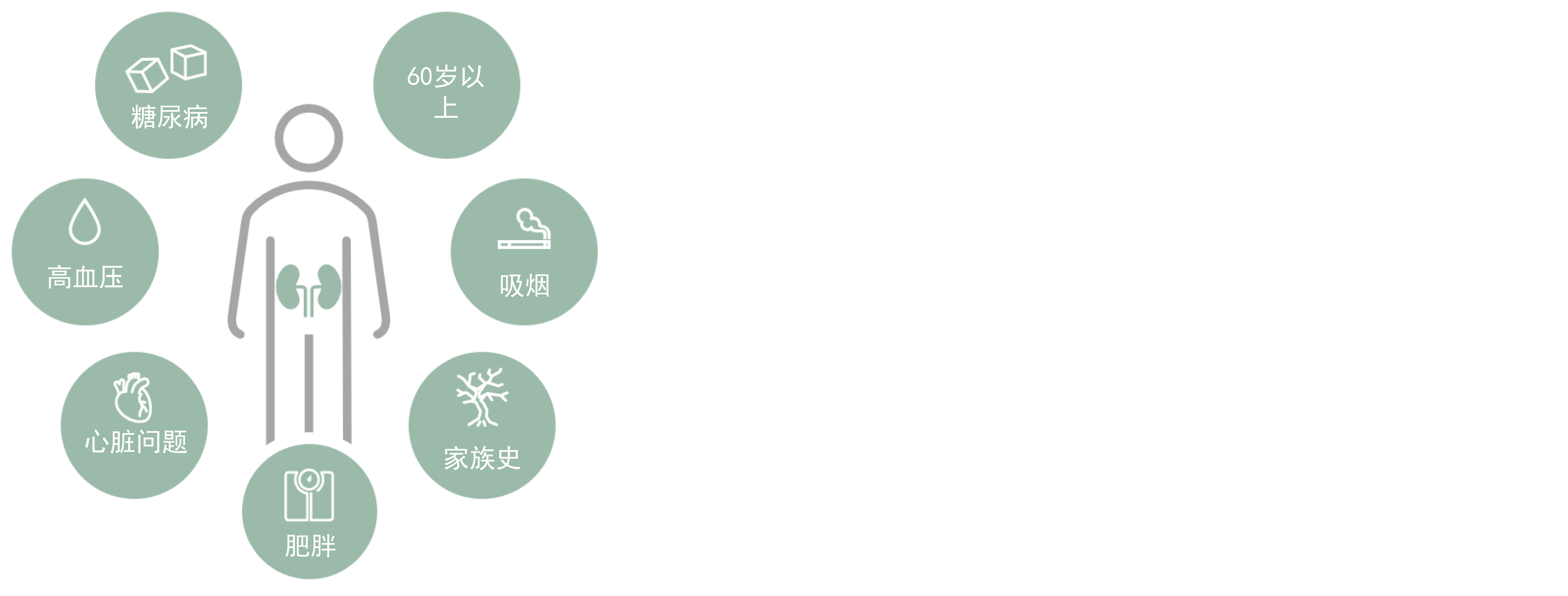解决低磷肾病患者饮食中的蛋白质难题
据估计,全世界有超过8.5亿成年人患有慢性肾脏病(CKD) 1,这一数字预计还会上升。慢性肾脏病会导致肾功能逐渐衰退,最终可能导致终末期肾脏病,需要定期透析或进行肾移植。
60岁及以上患有2型糖尿病和高血压的成年人患上CKD的风险最大。心脏健康不佳、肥胖、吸烟和家族史是其他风险因素 1(图1)。超过80%的接受终末期肾脏病治疗的患者来自富裕的发达国家,这些国家拥有普遍可及的医疗保健服务和大量的老年人口 2。
图1.与CKD相关的风险因素

随着该疾病的进展,肾脏从血流中清除废物和维持水和矿物质(如磷、钠、钾、钙和镁)健康平衡的能力会不断下降。患有CKD的人会感到越来越疲惫,食欲不振,并因此出现一系列其他症状。
图2显示了在没有得到较好控制的情况下,该疾病的进展情况。
图2.慢性肾脏病的各个分期

饮食难题
低磷和其他矿物质的饮食有助于延缓CKD的进展。但这并非没有问题存在,因为低磷饮食也意味着低蛋白质饮食。低磷饮食者可能会出现蛋白质营养不良,这会对其肌肉质量和总体健康产生负面影响。
BLG的不同之处
β-乳球蛋白(BLG)是一种与其它蛋白质具有天然差异的乳清蛋白。其含有优质蛋白质和低含量的磷,具有理想的营养成分,可以解决通常与CKD相关的蛋白质营养不良问题。
Lacprodan ® BLG-100通过结晶法生产,纯度高到前所未有,并天然富含必需氨基酸,尤其是亮氨酸,而磷的含量仅为标准分离乳清蛋白的11%3。作为CKD饮食的一部分,BLG可帮助减少有害的磷积累,同时确保能摄入足够的蛋白质。
我们已启动几项临床研究,以记录BLG对处于不同分期的CKD患者的营养作用。
启发性概念应用
为了支持CKD营养的创新,我们的应用专家已利用Lacprodan ® BLG-100开发出两款启发性概念饮料:
- 一款清爽的草莓蛋白饮料,含7%的蛋白质,适合1至5期的CKD非透析患者饮用
- 一款血橙味的浓缩性蛋白饮料,含21%的蛋白质,适合需要限制液体摄入量的CKD透析患者饮用
阅读更多关于Lacprodan ® BLG-100,适用于肾脏患者饮食的低磷乳清蛋白。
Lacprodan® BLG-100 获得新型食品授权
2022年12月21日,阿拉食品原料的 β-乳球蛋白成分 Lacprodan® BLG-100 已获得欧洲委员会(EC)的最终授权。
该授权确认,Lacprodan® BLG-100 可安全用于欧盟的食品产品。该成分适用于运动营养和特殊医学用途食品(FSMP)等多种应用。
Lacprodan® BLG-100 是阿拉食品原料首个根据新《新型食品法规》(EU)2015/2283 获得批准的产品。
1. Jager KJ et al. 2019. Kidney Int 96, pg. 1048–1050
2. 改编自National kidney foundation, https://www.kidney.org/
3. 相较于目前市售的乳清蛋白分离物

